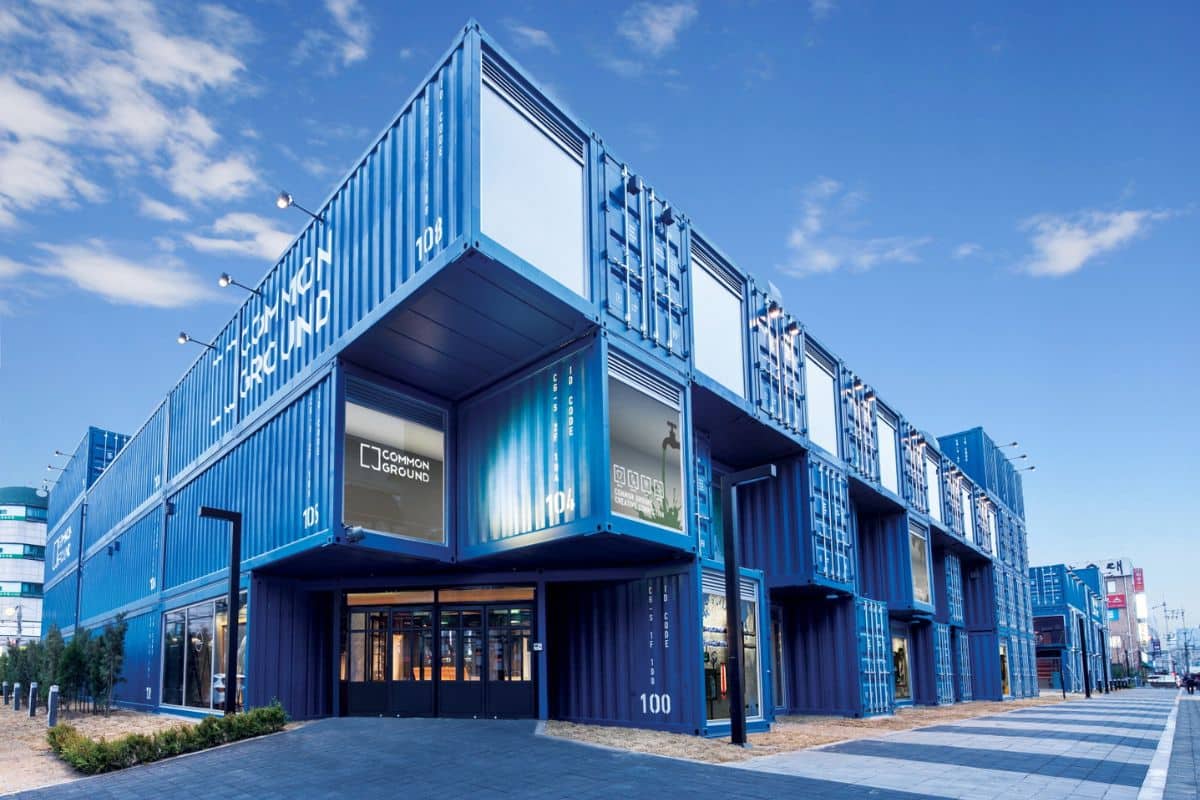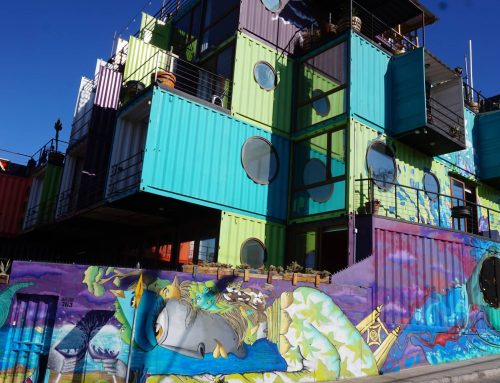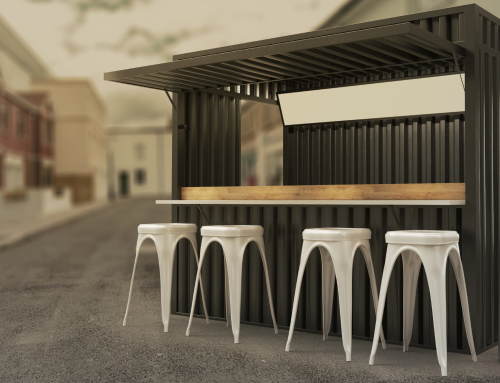The retail landscape has been undergoing significant transformation in recent years, driven by technological advancements, changing consumer behaviours, and various other factors. Here’s an overview of the evolving retail landscape and some of the key challenges it faces.
Evolving Retail Landscape
Online shopping has experienced exponential growth, with e-commerce giants like Amazon leading the way. This shift has forced traditional brick-and-mortar retailers to adapt and integrate online and offline channels (omnichannel retailing) to stay competitive.
In addition, the increasing use of smartphones has facilitated mobile commerce, enabling consumers to shop from anywhere. Retailers have had to optimise their websites and develop mobile apps to provide seamless shopping experiences.
Social media platforms have become retail hubs, with features like shoppable posts and direct sales through platforms like Instagram and Facebook. Brands are leveraging social media to reach and engage with customers.
Retailers are also using data analytics and AI to personalise the shopping experience. This includes tailored product recommendations, personalised marketing messages, and customised in-store experiences.
When it comes to sustainability, consumers are becoming more environmentally conscious, and sustainable practices are gaining importance. Retailers are adopting eco-friendly initiatives in their operations, from sourcing sustainable products to reducing packaging waste.
Challenges in the Evolving Retail Landscape
The dominance of e-commerce giants has made it challenging for smaller retailers to compete. Finding ways to differentiate and provide value is crucial. Additionally, the COVID-19 pandemic highlighted the vulnerability of global supply chains. Retailers are facing challenges related to disruptions, logistics, and sourcing.
One of the biggest challenges is that consumers now expect fast and convenient shopping experiences, both online and offline. Meeting these expectations requires investment in technology and logistics. Understanding and adapting to shifting consumer behaviours can be difficult. Retailers need to stay agile and responsive to changing trends.
High rental costs for physical retail spaces can be prohibitive for small businesses. Finding affordable locations or alternative retail formats like pop-ups is a constant challenge.
Finally, retail is subject to various regulations, from consumer protection to taxation. Retailers must stay informed about and compliant with evolving regulations.
The evolving retail landscape is marked by rapid technological advancements and changing consumer preferences. Retailers must embrace innovation, adapt to new challenges, and stay customer-centric to thrive in this dynamic environment. Balancing online and offline strategies, addressing sustainability concerns, and maintaining data security are just a few of the complex issues retailers face in this ever-evolving industry.
Advantages Of Using Shipping Containers For Retail Spaces
Using shipping containers for retail spaces offers several advantages that make them an attractive option for businesses looking to create unique and cost-effective retail environments
Cost-Effective
Repurposing shipping containers is often more affordable than constructing a traditional brick-and-mortar store. The containers themselves are readily available and can be converted at a lower cost compared to building from scratch.
Quick Setup
Shipping container retail spaces can be set up relatively quickly compared to traditional construction projects. This allows businesses to get their retail operations up and running in a shorter time frame, potentially capitalising on time-sensitive opportunities or events.
Mobility
Shipping containers are inherently portable. Businesses can easily relocate their retail space to different locations as needed, whether for seasonal changes, special events, or testing new markets. This mobility provides flexibility that traditional stores cannot match.
Customisation
Containers can be customised to suit the unique needs and branding of a business. Interior and exterior designs, fixtures, shelving, and displays can be tailored to create a distinct and eye-catching retail experience.
Sustainability
Repurposing shipping containers aligns with sustainability goals by reducing waste and reusing materials that might otherwise be discarded. Additionally, containers can be equipped with eco-friendly features like solar panels, rainwater harvesting systems, and energy-efficient insulation.
Durability
Shipping containers are built to withstand the rigours of transportation across oceans, making them durable and weather-resistant. They offer security and protection for both merchandise and staff.
Security
Containers have built-in locking mechanisms and are constructed from sturdy materials, making them secure retail spaces. This is particularly important for businesses storing valuable merchandise or operating in high-crime areas.
Versatility
Shipping container retail spaces can serve multiple purposes. They can function as retail shops during the day and transform into event spaces, galleries, or food stalls in the evening. Their adaptability makes them appealing to various types of businesses.
Branding and Visibility
The unique appearance of shipping containers can help businesses stand out and attract attention. With creative branding and signage, they can become memorable landmarks that draw in customers.
Urban Revitalisation
Shipping container retail spaces can contribute to urban revitalization efforts by repurposing vacant lots and underutilised areas, helping to revitalise neighbourhoods and attract foot traffic.
Minimal Maintenance
Shipping containers require minimal maintenance compared to traditional buildings. They are built to withstand harsh conditions, reducing the need for frequent repairs or renovations.
Innovative Uses of Shipping Containers in Retail
Shipping containers are transforming retail spaces in innovative and exciting ways. These metal boxes, originally designed for transporting goods across oceans, have found new life as a versatile and cost-effective solution for creating unique retail environments. Here are some ways in which shipping containers are changing the face of retail.
Pop-Up Stores: Shipping containers are perfect for pop-up shops and temporary retail spaces. They can be easily transported to different locations, allowing businesses to take advantage of various events, seasons, or locations without the need for a traditional brick-and-mortar store. Pop-up stores in shipping containers are a trendy way to create buzz and engage with customers.
Mobile Vendors: Food trucks and mobile vendors often use shipping container conversions as their base of operations. These mobile retail spaces allow vendors to take their products directly to customers, whether at a festival, on a busy street corner, or at an outdoor event.
Temporary and Seasonal Retail: Many businesses that operate on a seasonal or temporary basis, such as Christmas tree stores or Halloween costume shops, utilise shipping containers for their retail needs. The containers provide a secure and weather-resistant space for their operations.
Online-to-Offline (O2O) Integration: E-commerce brands are using shipping container stores as a bridge between their online and offline presence. These physical retail spaces enable customers to see, touch, and experience products before making a purchase, creating a seamless online-to-offline shopping experience.
Shipping Container Retail Spaces
There are many shipping container retail spaces popping up around the world. Three such spaces that are done well include Common Ground in Seoul, Cycle Wise in the Lake District in the UK and Boxpark in London.
Common Ground is the world’s largest container shopping mall of 200 shipping containers with four distinct areas catering for different markets.
Cyclewise in Whinlatter Forest in the UK’s Lake District is a bike hire and training centre. The two story building offers a retail hire store, upstairs training area and a professional workshop.
Finally, one of the more well known container malls is Boxpark, the world’s first ever pop-up shopping mall. The first centre opened on the Shoreditch High Street in London and was made up of 60 standard-size shipping containers stacked two stories high and five rows wide. There are now locations in Croydon and Wembley, as well as Shoreditch, with a location in Liverpool on the way.
Shipping containers are reshaping the retail landscape by offering cost-effective, customizable, and sustainable solutions that cater to the evolving needs of businesses and consumers. Their versatility, mobility, and ability to revitalise urban spaces make them a popular choice for retailers looking to stand out in today’s competitive market.






